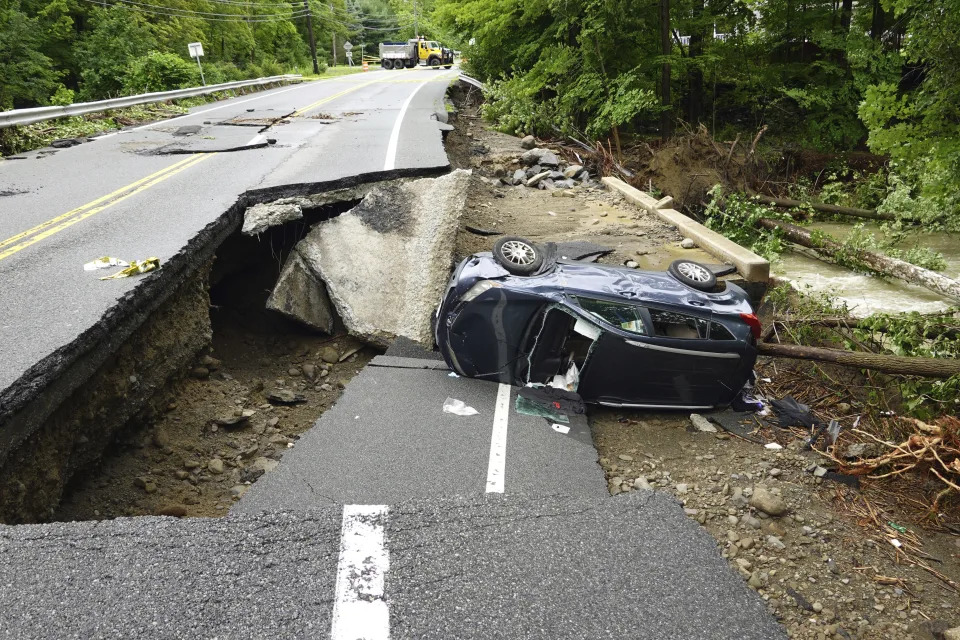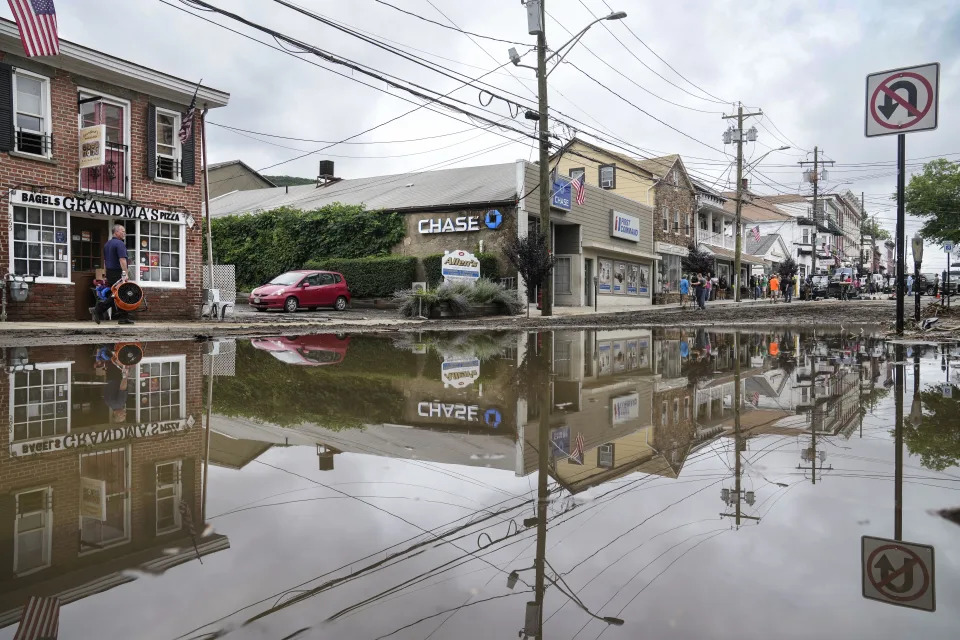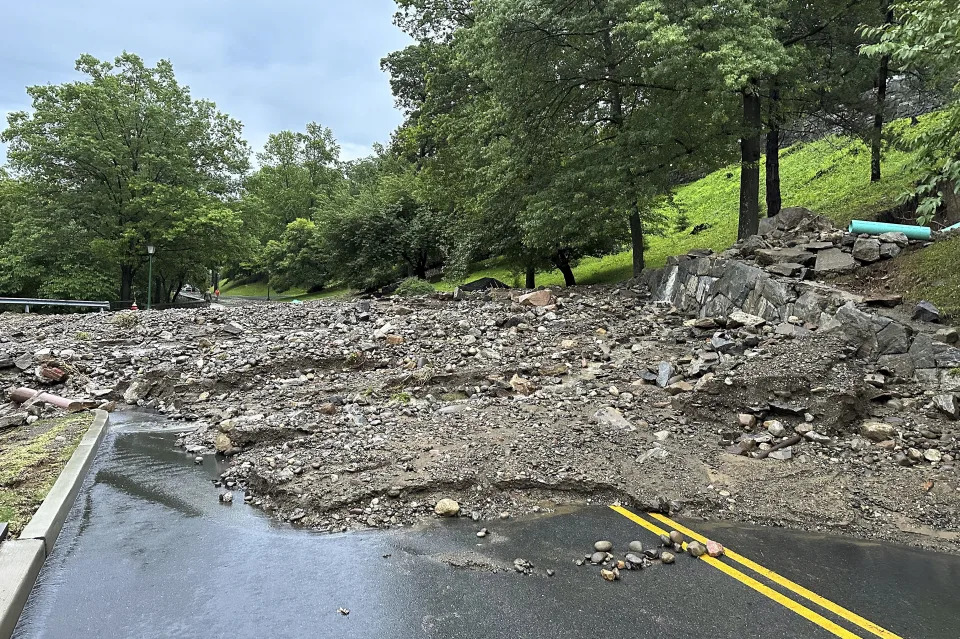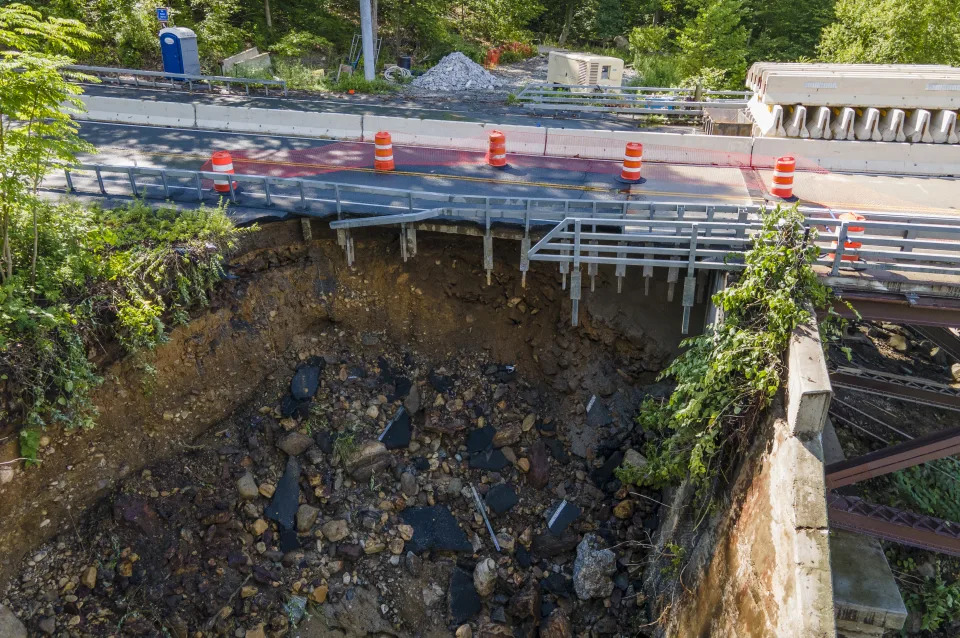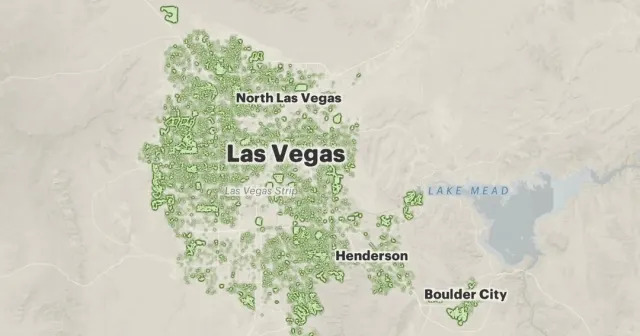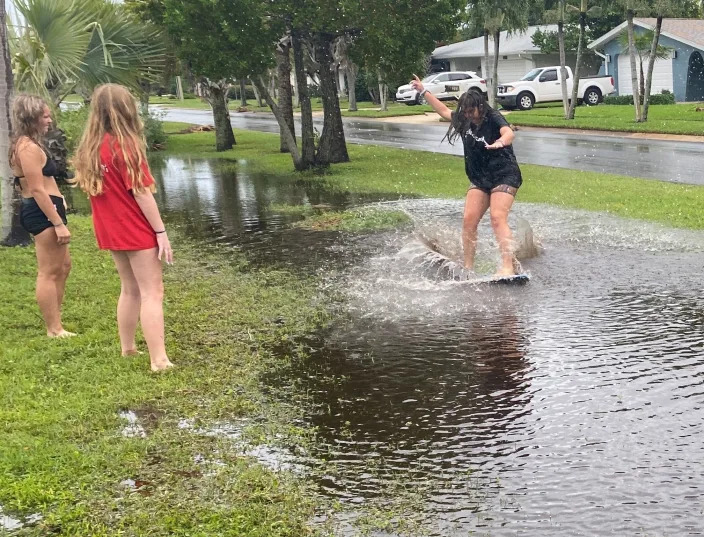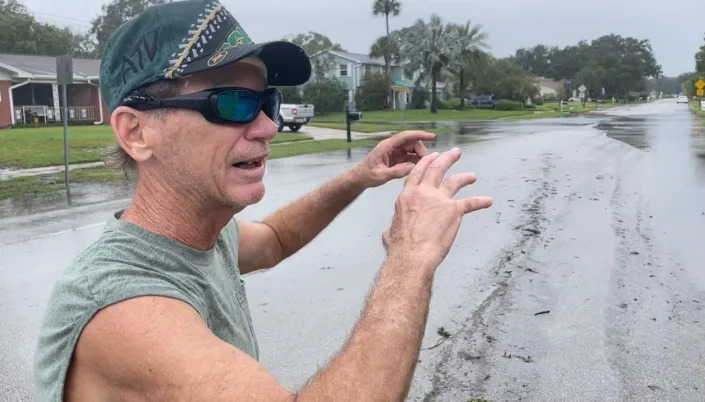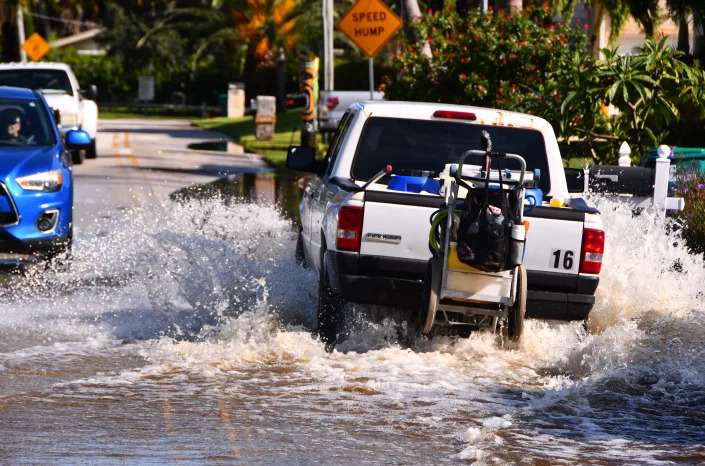Tampa Bay Times, St. Petersburg, Fla.
Another insurer is leaving Florida. How much is DeSantis to blame?
Jay Cridlin, Tampa Bay Times – July 13, 2023
Gov. Ron DeSantis has signed more than 300 bills into law this year.
They include measures that touched on a broad swath of issues, including abortion, immigration, transgender care, space exploration, the death penalty, college diversity programs, phosphogypsum in road construction, alimony, a law enforcement registry for people with disabilities, drag shows, affordable housing and election reforms.
What wasn’t signed into law was a measure that might have prevented Farmers Insurance from announcing this week it was dropping tens of thousands of home, auto and umbrella policies in the state, following the lead earlier this year of insurers like United Property & Casualty.
In his bid for the Republican presidential nomination, DeSantis is promoting his record as governor, particularly how he’s led a reshaping of Florida’s education, diversity and investment policies.
But despite DeSantis signing multiple legislative packages since May 2022 designed to curtail skyrocketing rates, the state’s property insurance problem is still far from solved. More than a half-dozen insurers have withdrawn from Florida or faced insolvency in the past 18 months, all as record Atlantic Ocean temperatures have spurred hurricane forecasters to boost predictions for an above-average season this year.
DeSantis spokesperson Jeremy Redfern pointed to new laws targeting frivolous lawsuits against insurance companies and billions in funding to help insurers obtain backup reinsurance as evidence of the governor’s attention to the problem. The state is already seeing some progress in the form of new insurers entering the market, Redfern said.
“Even the most aggressive reforms will take time to affect the insurance industry,” Redfern said in an email. “The 2021, 2022, and 2023 legislative efforts will be effective.”
During a Wednesday radio appearance on the Howie Carr Show, DeSantis touted those legislative efforts, saying that, “because we did those reforms, it now is more economical for companies to come in. I think they’re going to wait through this hurricane season, and then I think they’re going to be willing to deploy more capital to Florida.”
”Knock on wood, we won’t have a big storm this summer,” DeSantis said. “Then I think you are going to start to see companies see an advantage.”
But Farmers’ abrupt exit Tuesday has opened DeSantis up to a fresh round of criticism that he and the Republican-led Legislature haven’t done enough to calm Florida’s insurance market.
“Knock on wood??? That’s not how this works,” Rep. Anna Eskamani, D-Orlando, said on Twitter. “Floridians need action on property insurance — not this.”
“It’s the No. 1 issue I hear about when I go talk to my constituents,” said Rep. Dan Daley, D-Coral Springs. “They’re not talking about drag shows. They don’t give a s—t about any of that. They care about being able to pay their property insurance bill and not being dropped by their insurer, and what we’ve done in this state is not really address that.”
Incremental change and patience
Property insurance reform was an issue in Florida long before DeSantis took office in 2019.
His first major action on the matter came that spring in the form of a bill limiting “assignment of benefits” claims, when contractors, not homeowners, seek reimbursement from insurers. DeSantis called it “meaningful” reform that “will protect Florida consumers from predatory insurance practices.” It was widely seen as a long-sought win for the insurance industry.
That more substantial changes weren’t an immediate priority reflects as much on the Legislature as it does on DeSantis, said former Republican state Sen. Jeff Brandes.
“This isn’t the battle he was taking on back then,” Brandes said. “He would tell you his statement was, ‘I will sign whatever the Legislature puts in front of me on property insurance.’ He said that comment multiple times. The Legislature chose not to send him anything.”
In May 2022, DeSantis convened a special legislative session designed to “stabilize the insurance market,” with an emphasis on targeting the “thousands of frivolous lawsuits” filed against insurance companies. The package that emerged included $2 billion in tax money to subsidize insurers’ reinsurance costs and $150 million to help hurricane-proof homes and tightened restrictions on suing insurers. DeSantis called it “the most significant reforms to Florida’s homeowners insurance market in a generation.”
After Hurricane Ian struck Southwest Florida, DeSantis called another session designed to “implement necessary reforms to the property insurance market.” In December, he signed a bill creating a $1 billion reinsurance fund and further tightening restrictions on lawsuits. Again, he called the reform “meaningful.”
“The issues in Florida’s property insurance market did not occur overnight, and they will not be solved overnight,” he said in a statement after signing. “The historic reforms signed today create an environment which realigns Florida to best practices across the nation, adding much-needed stability to Florida’s market, promoting competition, and increasing consumer choice.”
Then, during this year’s regular session, he signed a bill dubbed the Insurer Accountability Act, designed to impose transparency requirements on insurers and stiffen penalties on those that exhibited bad behavior. The law, he said, would “reinforce our commitment to Florida policyholders” and “protect consumers from predatory insurer practices.”
With each bill, supporters said it would take time to have a real impact.
“I do think that they were bold moves that will show positive changes for the homeowners’ industry over the coming years, but it is going to take two, three, four years for those changes to bear any fruit,” said Trevor Burgess, CEO of St. Petersburg flood insurer Neptune Flood. “And that’s because, for the past 10 years, there’s just been so much damage done. You’ve had all of these insurance companies fail. Those that haven’t failed have struggled, and so it’s been very difficult for anyone to make any money or build up any reserves.”
Brandes said that Farmers won’t be the last insurer to withdraw, and that he thinks rates will go up another 10% to 15% next year before stabilizing in 2025. But if DeSantis and the Legislature had done nothing, he said, “you wouldn’t have a market in Florida. You would have had 10 companies leaving instead of just one.”
Democrats say the changes under DeSantis represent positive steps; the bipartisan Insurer Accountability Act passed unanimously. But they’ve been too narrowly focused on tort reform, said House Minority Leader Fentrice Driskell, D-Tampa. In a statement explaining why it was leaving, Farmers didn’t even mention lawsuits.
In recent sessions, Democrats have proposed changes including a publicly elected insurance commissioner and blocking certain insurers from claiming insolvency. None gained traction.
“They don’t really know what to do,” Driskell said of Republican legislative leadership. “They keep trying to scramble and put together these piecemeal solutions that haven’t really stabilized the market or brought rates down. To me, it’s not so much a commitment of, ‘Oh, yes, we’re on top of this, there’s more to do, stay tuned.’ It’s more, ‘Eh, let’s try this. Oh, that didn’t work. Let’s see what we can try next.’”
That’s not all on DeSantis, she said; the House speaker and Senate president also have “so much power and authority in terms of shaping the policy agenda of this state.” But she also doesn’t see DeSantis pushing a more cohesive plan before a Legislature that rarely pushes back.
“I don’t even know what his plans and desires are with respect to property insurance, because he doesn’t articulate them,” she said. “He can articulate a blueprint for how to destroy DEI (diversity, equity and inclusion) in higher education. I have yet to see any blueprint for property insurance.”
“Distracted” by 2024
Since the Insurer Accountability Act was introduced in the Senate on March 31, DeSantis has spent at least 40 days out of state. He’s taken multiple campaign trips to the early-primary hotbeds of Iowa, New Hampshire and South Carolina; and he spent five days on an international trade trip to South Korea, Japan, Israel and the United Kingdom.
DeSantis hasn’t faced many questions about homeowners insurance on the presidential campaign trail. The most it became an issue was weeks before he officially entered the race, when former President Donald Trump took to social media, calling Florida’s latest insurance bill “the biggest insurance BAILOUT to Globalist Insurance Companies, in HISTORY.”
“He’s also crushed homeowners whose houses were destroyed in the Hurricane,” Trump wrote on his Truth Social platform. “They’re getting pennies on the dollar. His Insurance Commissioner does NOTHING, while Florida’s lives are ruined. This is the worst Insurance Scam in the entire COUNTRY!”
In stump speeches, DeSantis speaks about his legal battles with The Walt Disney Co., about his trips to the southern border with Mexico and about his campaign against corporate environmental, social and governance programs. He says little to nothing about Florida’s latest property insurance laws.
“He’s so ambitious and he’s so focused on that big goal that he’s let a lot of the everyday stuff go,” Driskell said. “You can’t just have a diet of red meat. You need some vegetables as well.”
One thing DeSantis does talk about is people moving to “the free state of Florida,” building and buying homes to escape “states governed by leftist politicians.”
“All I have to look at to see whether Chicago’s doing well, I just look at real estate values in Naples,” he said recently in New Hampshire. “When those are going up, I know Chicago’s done something stupid again, and people are fleeing.”
With pricier homes come pricier rates, though, which is keeping some residents from continuing to afford living here, said state Rep. Hillary Cassel, D-Dania Beach.
“If you can’t guarantee what your cost of insurance is going to be to insure that home, you can’t now become a homeowner,” Cassel said. “If your cost is going to increase 30% year after year after year, you can’t buy a house.”
In 2022, DeSantis called two special sessions on property insurance. Now that he’s running a national campaign, Driskell said he might be too “distracted” to do it again — although another catastrophic storm this season could change that.
Absent the right political motivation — whether it comes from a hurricane or from pressure on the campaign trail — Cassel isn’t sure lawmakers will swing back into action.
“Not with this leadership,” Cassel said. “Nope.”



